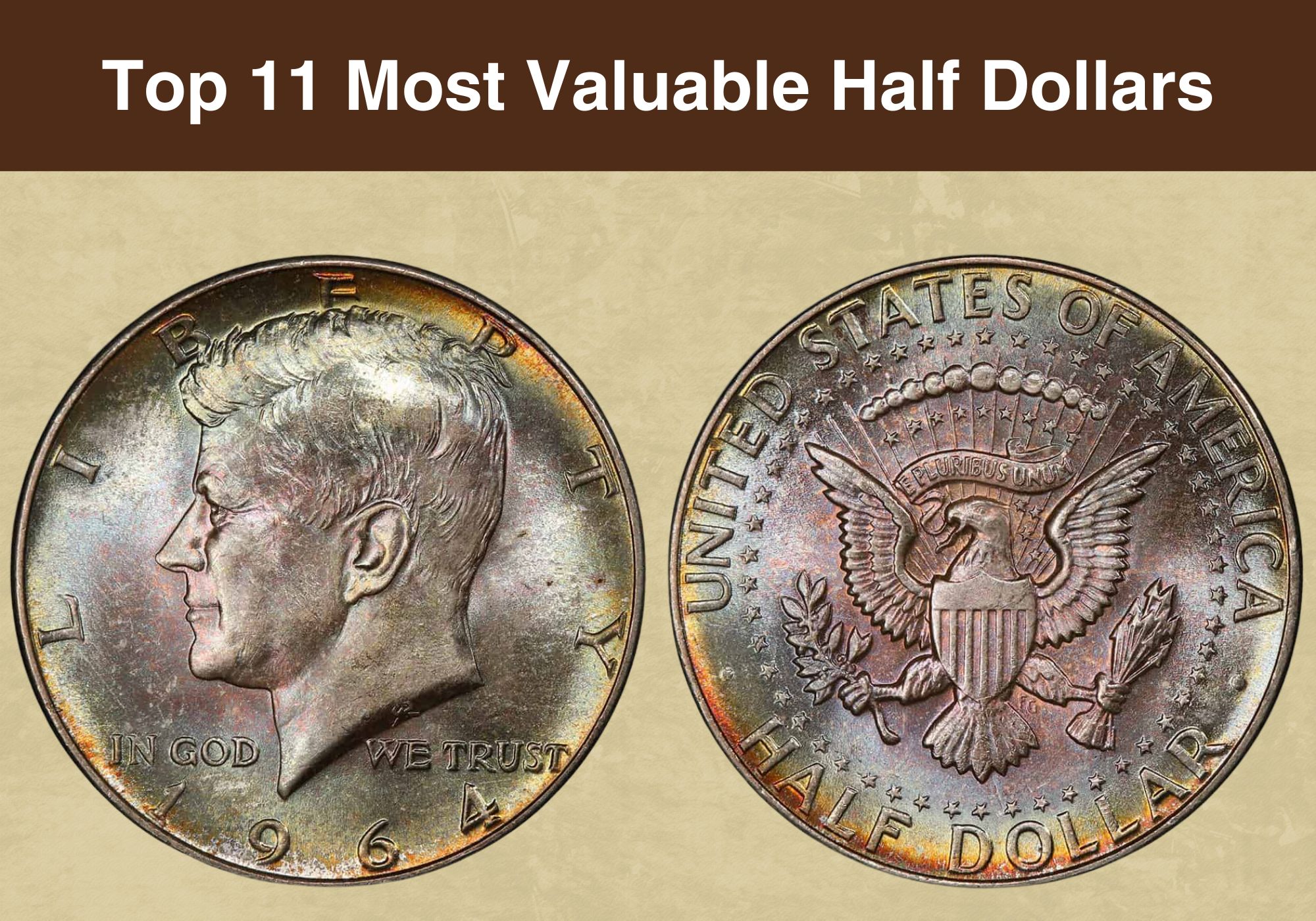
One of the joys of collecting coins is never knowing when something exciting might turn up in your pocket change! And some rare coins can be worth serious money.
We’re going to search out the most valuable half dollar coins in circulation. We’ll tell you how to spot them, and most importantly, just how much they might be worth.
Ready to learn more? Read on!
Most Valuable Half Dollar Coins in Circulation
1. 1964 (P) Kennedy Half Dollar
The assassination of John F. Kennedy in 1963 was an event that shook the whole world. Calls to commemorate the late President on the nation’s coinage led to the creation of the Kennedy half dollar.
The first Kennedy half dollars came out of the coin presses in Denver at the end of January 1964, and in Philadelphia a week later.
The 1964 half dollars were composed of 90 per cent silver. That means that any coin, no matter its condition, will have an intrinsic melt value. The following year, the composition was changed, with the silver content reduced to 40 per cent.
The historic value of the 1964 mintage adds to its attractiveness to collectors. A Philadelphia half dollar in even the poorest condition will be worth a minimum of $12.
But while mint state coins can be worth far more, the value of circulated coins stays flat. Even a coin graded AU58 – the “AU” stands for “about uncirculated” – is valued by independent coin graders the PCGS at only $14.
Perhaps that’s not surprising when you consider that this is a relatively modern coin. And large numbers were put into circulation. The Philadelphia mint facility produced over 273 million half dollars in 1964.
Check 1964 Half Dollar History, Variety Price Chart & Errors List
2. 1964-D Kennedy Half Dollar
The Denver mint facility produced far fewer Kennedy half dollars in 1964 than the Philadelphia mint. 156 million coins were struck there. You can identify them by the “D” mintmark on the reverse. It appears just to the left of the sprig of olive in the eagle’s talon.
There’s a premium for coins in the poorest condition, graded 1. These are so worn that there’s just enough detail to identify the date and the denomination. And if you find one of these half dollars in your pocket change, it will be worth around $22.
If it’s in only slightly better condition, though, the value actually drops. Half dollars graded between 2 (“fair”) and 55+ (“about uncirculated”, just short of mint state) are all valued by the PCGS at $13.
The big money, though, is reserved for uncirculated coins – and by definition, those aren’t going to pop up in your pocket change.
The auction record for a 1964 Denver Kennedy half dollar was set in 2016 for the finest known example in existence. That coin was graded MS (“mint state”) 68, two points short of a flawless example. And it sold for $22,325.
Check 1964 Half Dollar History, Variety Price Chart & Errors List
3. 1964-D Kennedy Half Dollar, Double Die Obverse
Very occasionally, the Mint makes a mistake during the production of a coin. And more rarely still, that mistake isn’t picked up through the quality assurance processes.
The results – known as error coins – are both rare and collectable. And one such error, of a kind known as a double die obverse, appears on some of the 1964 half dollars struck in Denver.
A double die error occurs during the manufacture of the die used to strike the coins. The die has to be struck at least twice to transfer all the detail from the hub. And if it (or the hub) moves slightly between strikes, the result is a doubled image.
That doubling is then transferred onto the coins struck by that die. If the doubling appears on the obverse, it’s known as a double die obverse, or DDO. If it’s on the reverse, it’s a double die reverse, or DDR.
The 1964 Denver half dollar with a double die obverse is fairly scarce. But the doubling is clear enough to be seen with the naked eye. Look for it in the motto “IN GOD WE TRUST” and on the date.
The PCGS only offers values for coins graded 50 and above. It values an example graded 50 at $20, rising to $32 for a coin graded 58+.
Check 1964 Half Dollar History, Variety Price Chart & Errors List
4. 1964 D/D Kennedy Half Dollar, Re-punched Mintmark, FS-501
Another error that occurred in 1964 was the re-punching of the mintmark on some of the half dollars struck in Denver. A second D appears next to the first.
The relative positions of the two mintmarks are given different codes for collectors. Coins where the second mintmark appears slightly higher than the first have the code FS-501. If the second mintmark is slightly lower than the first, it’s coded FS-502.
It’s possible to see this error with the naked eye if you have a very sharply struck and clean coin. But because the mintmark is so small, it’s easiest to spot it with a loupe or microscope.
If you find one of these errors, it will add to the value of the coin. A 1964 Denver half dollar with a re-punched mint mark graded 40 (“extremely fine”) is worth about $19. That increases to $27 for an “about uncirculated” example graded 50, and $38 for one graded 58+.
Check 1964 Half Dollar History, Variety Price Chart & Errors List
5. 1964 D/D Kennedy Half Dollar, Re-punched Mintmark, FS-503
The repunched mint marks on 1964 Denver half dollars don’t always appear one above the other. They can be side by side too. If the second mintmark appears to the left of the first, it’s coded FS-503. If it appears to the right, it’s coded FS-504.
The FS-503 variant is slightly easier to find than the FS-504. But it’s still more valuable than a standard Denver half dollar from the same year.
A coin with this error assessed as “extremely fine” with a grade of 40 will be worth around $18. That increases to just shy of $30 for coins at the very top of the “about uncirculated” category.
Check 1964 Half Dollar History, Variety Price Chart & Errors List
6. 1964 D/D Kennedy Half Dollar, Re-punched Mintmark, FS-504
The re-punched mintmark coded FS-504 – where the second “D” appears to the right of the first – is slightly rarer than the rest. As a result, coins with this error are a little more valuable.
The PCGS offers values for FS-504 half dollars graded 50 and above. Coins graded between 50 and 59 fit into the “about uncirculated” category. This means they’re almost as crisp and unworn as an uncirculated coin.
The PCGS places the value of one of these error coins graded 50 at $30. That increases to $40 for coins graded 55, and $45 for those graded 58.
Check 1964 Half Dollar History, Variety Price Chart & Errors List
7. 1972-D Kennedy Half Dollar, No FG
An interesting variant on the half dollar design occurred in the coins struck in Denver in 1972. Other half dollars bore the initials of the coin designer, Frank Gasparro, on their reverse. They appeared between the left leg of the eagle and its tail.
But a small number of the 1972 Denver half dollars didn’t have the “FG” initials. So why not?
Some people think that it was the result of an error on the part of the engraver. But others argue it’s more likely that overzealous polishing of the die was to blame. This would have been done to remove clash marks, and removing the initials could have been an unwanted side effect.
The same issue occurred with the half dollar coins struck in Philadelphia in 1966 and 1982. But the error is particularly rare on the 1972 Denver half dollars. And that means that collectors are prepared to pay more to add them to their collection.
As always, the better the condition of the coin, the more it will be worth. But coins with this error don’t have to be in mint state to be worth a lot of money. The PCGS values an example graded “extremely fine” 40 at around $275.
Check 1972 Half Dollar History, Variety Price Chart & Errors List
8. 1974-D Kennedy Half Dollar, Double Die Obverse
10 years after the first Kennedy half dollars were struck, some of those from the Denver mint again bore a double die obverse error. And it’s the only major double die variety in the whole of the Kennedy half dollar series.
The doubling is again most evident in the motto “IN GOD WE TRUST”.
A circulated 1974 Denver half dollar with this error is worth roughly the same across the better grades. An example graded “extremely fine” 40 is valued by the PCGS at $28. And one at the top of the “about uncirculated” band, graded 58+, is valued at just $6 more.
While an independent certification will increase the price collectors will be willing to pay, in this case, it’s not likely to be worth the cost. A coin that turns up in your pocket change is, by definition, circulated.
So unless it’s unusual for some other reason – being struck on the wrong planchet, for example – its ceiling price will be less than $40. That’s the same as the fee the PCGS charges for its regular coin grading service – and there’s a shipping charge to pay on top of that too.
Check 1974 Half Dollar History, Variety Price Chart & Errors List
9. 1976-S Silver Kennedy Half Dollar
1976 marked the bicentenary of the Declaration of Independence. To mark the occasion, the US mint produced several new coins. One of these was a Kennedy “silver” half dollar.
The silver coins were struck only at the San Francisco mint facility. Denver and Philadelphia produced half dollars in 1976 too, but these had a copper core and were clad in a mixture of copper and silver.
The San Francisco half dollars, on the other hand, had a core of 79 per cent copper and 21 per cent silver. This was clad in a coating of 80 per cent silver and 20 per cent copper. The coins weighed 11.5 grams, slightly more than the 11.3 grams of the Philadelphia and Denver half dollars.
As a special one-year only edition, these coins were always seen as collectors’ pieces. As such, most were pulled from circulation and kept safely in storage by members of the public. And today, they’re still very easy to find – which keeps prices modest.
A circulated 1976 San Francisco half dollar is worth $6 or $7, whatever its grade.
Check 1976 Half Dollar History, Variety Price Chart & Errors List
10. 1971-D Kennedy Half Dollar Struck on Silver-Clad Planchet
One of the most unusual – and valuable – types of mint errors is a coin struck on the wrong planchet. And that was the case with one circulated Kennedy half dollar struck in Denver in 1971.
1970 was the last year in which Kennedy dollars were made with silver. (The exception is the special bicentenary mintage struck in San Francisco in 1976.)
But at least one of the silver-clad planchets appears to have been stuck in the coin presses at the end of the year. It was mixed in with the cupro-nickel clad planchets, and struck with the 1971 dies.
The result was a very unusual, and possibly unique, coin. It went into circulation, and when it came to light, it was graded AU55 by the PCGS. It was sold at auction in 2003, and achieved a price of $6,038.
Check 1971 Half Dollar History, Variety Price Chart & Errors List
11. 1977-D Kennedy Half Dollar Struck on Silver-Clad Planchet
Similar circumstances were behind the production of at least one 1977 Kennedy half dollar struck on a silver-clad planchet. In this case, the planchet had been intended for use in 1976. It should have been struck in San Francisco, the only mint facility to produce the silver-clad bicentennial half dollars.
Somehow, however, it ended up being struck with a Denver die the following year. And the result was another error coin that was highly sought after by collectors.
In this case, the coin had never been circulated – it turned up in a roll of half-dollars issued by a Texas bank. It was graded MS64 by the PCGS, and it sold at auction in 2007 for $6,900.
But it’s just possible there are circulated examples out there. So if you have a half dollar dated1977 in your pocket change, why not weigh it? If it weighs 11.5 grams rather than 11.3 grams, it could be worth serious money!
Check 1977 Half Dollar History, Variety Price Chart & Errors List
Valuable Half Dollars in Your Pocket Change
We hope you’ve enjoyed our survey of some of the most valuable half dollar coins in circulation. While uncirculated coins are usually the most valuable, circulated coins can still be worth many times their face value.
Amongst the most valuable error coins are those known as “transition errors”. These are produced when the composition of coins changes, and the planchets intended for one year are used by accident the following year instead.
At least one circulated example of a transition error half dollar has come to light. So it might just be worth investing in some sensitive weighing scales. If your 1971 or 1977 half dollar weighs 11.5 grams instead of 11.3 grams, you could be sitting on a fortune!

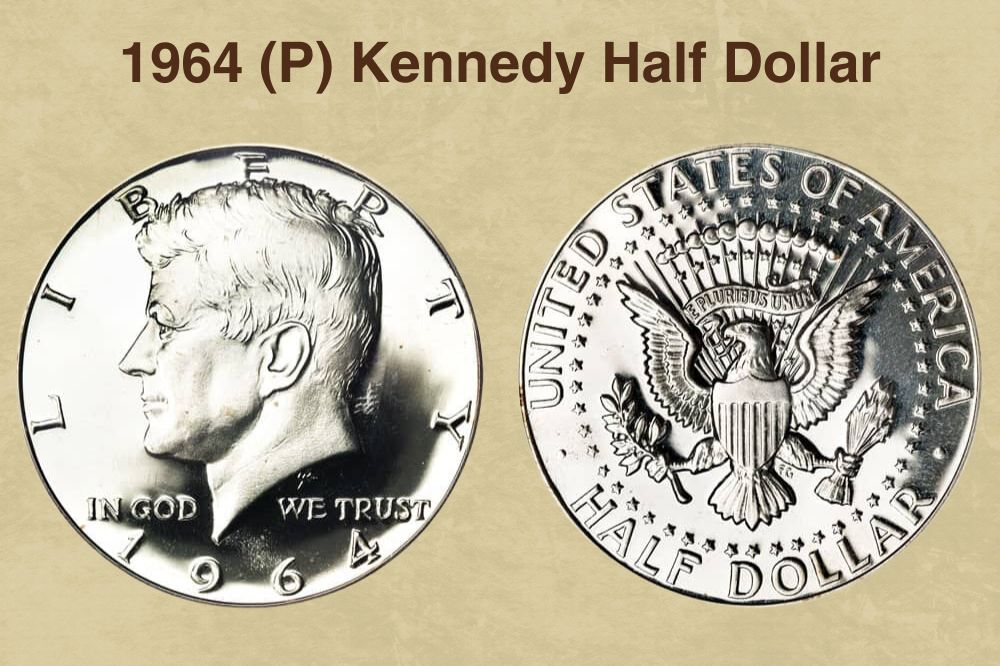
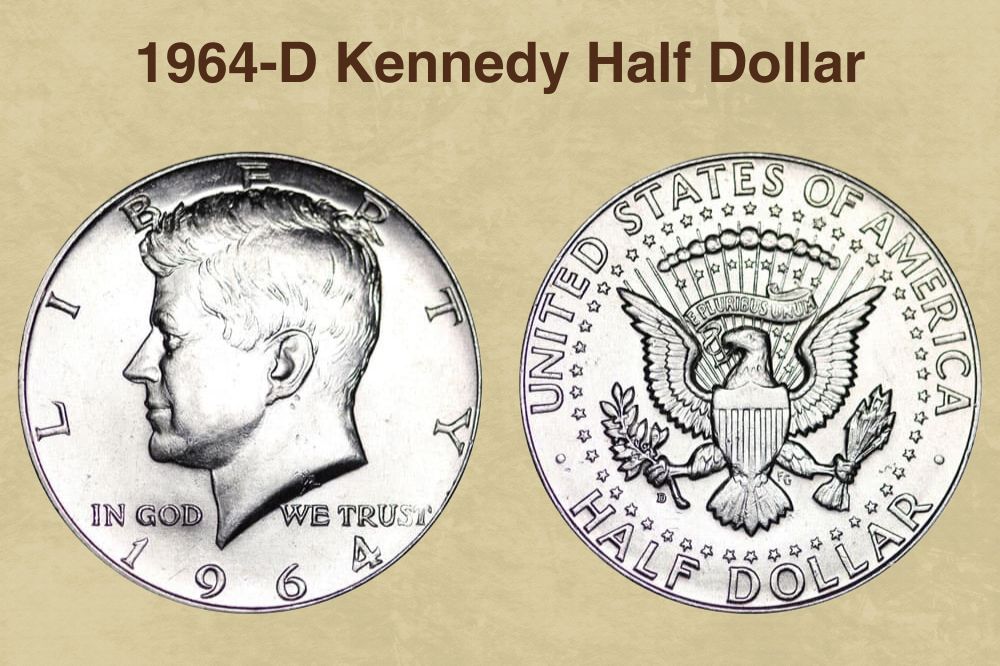
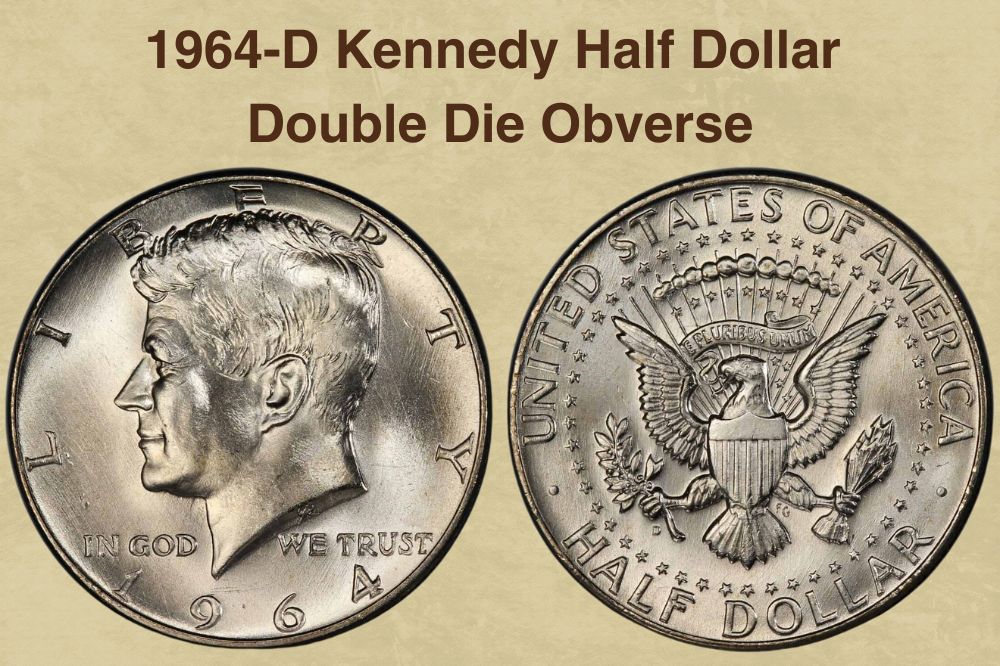
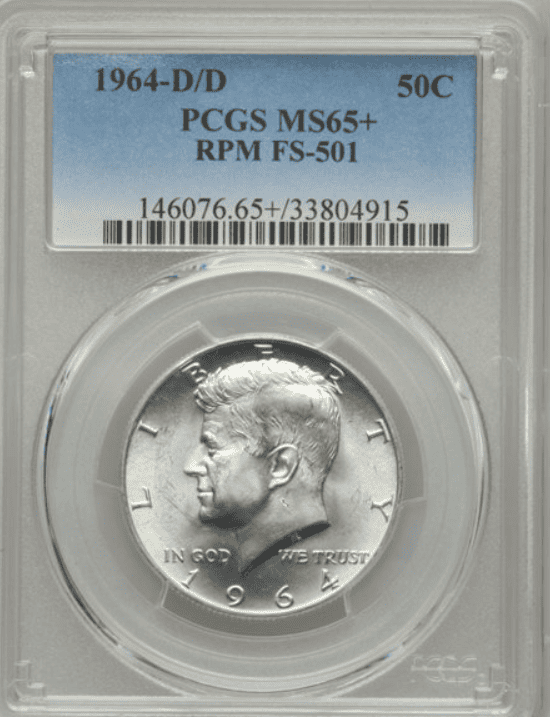
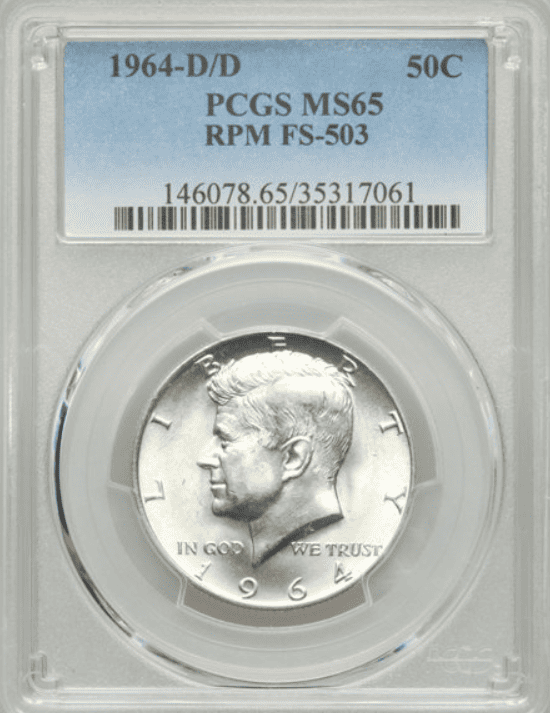
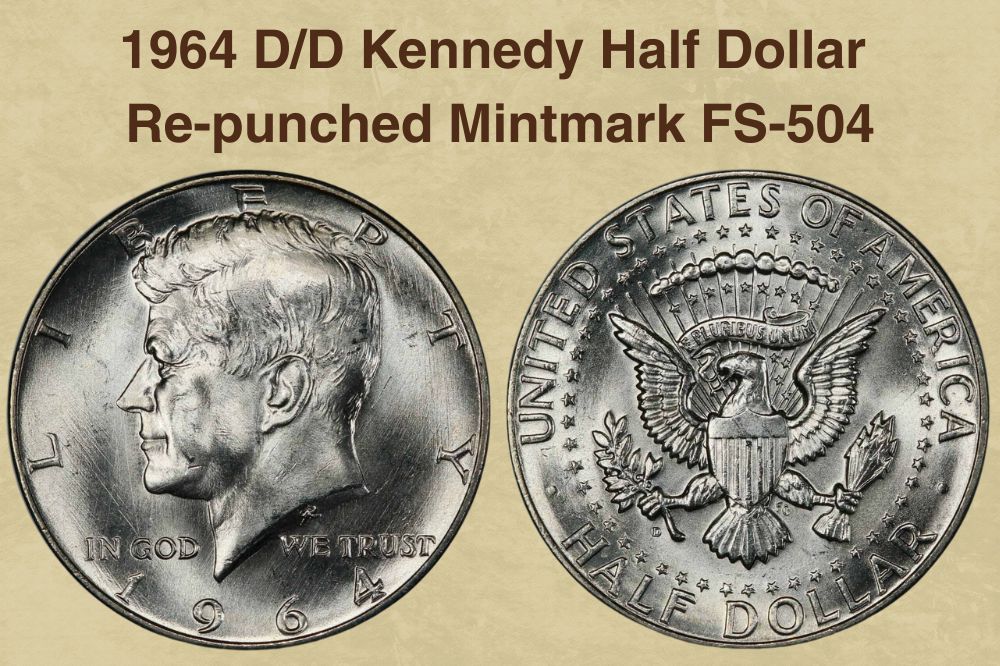
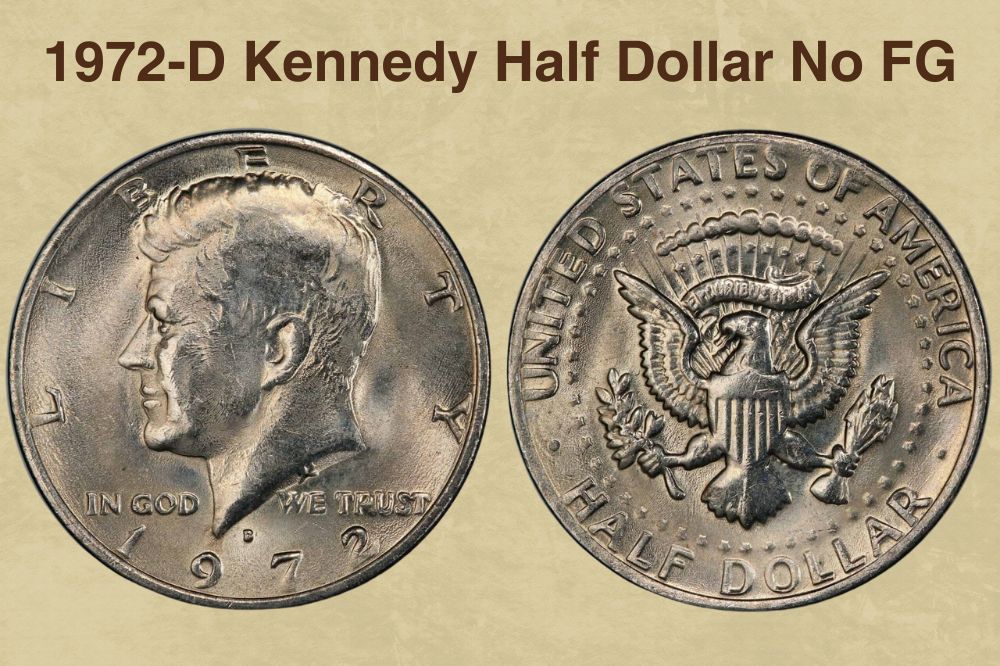
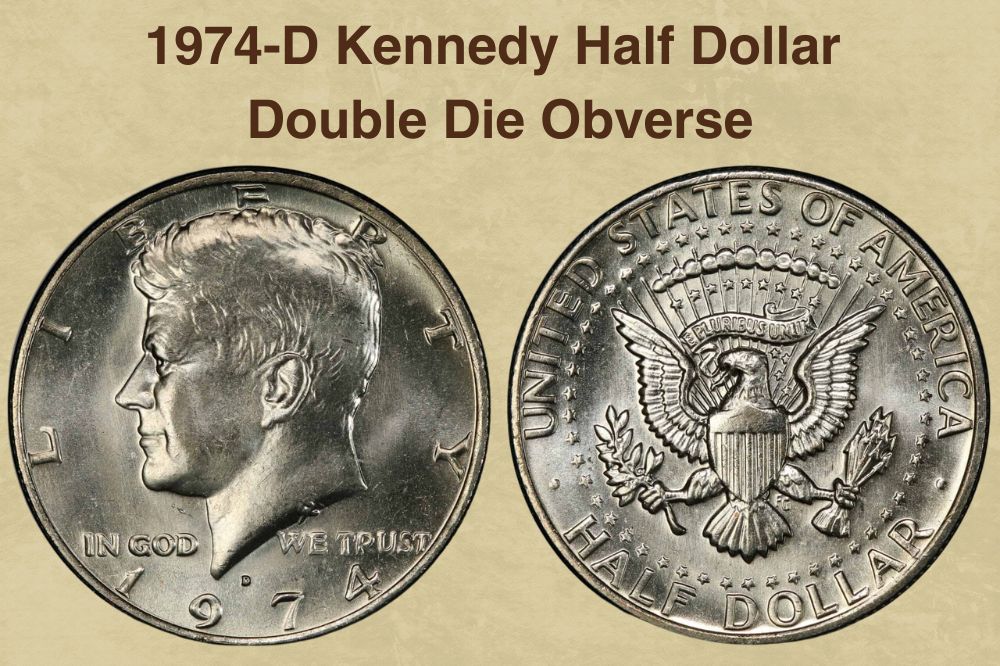
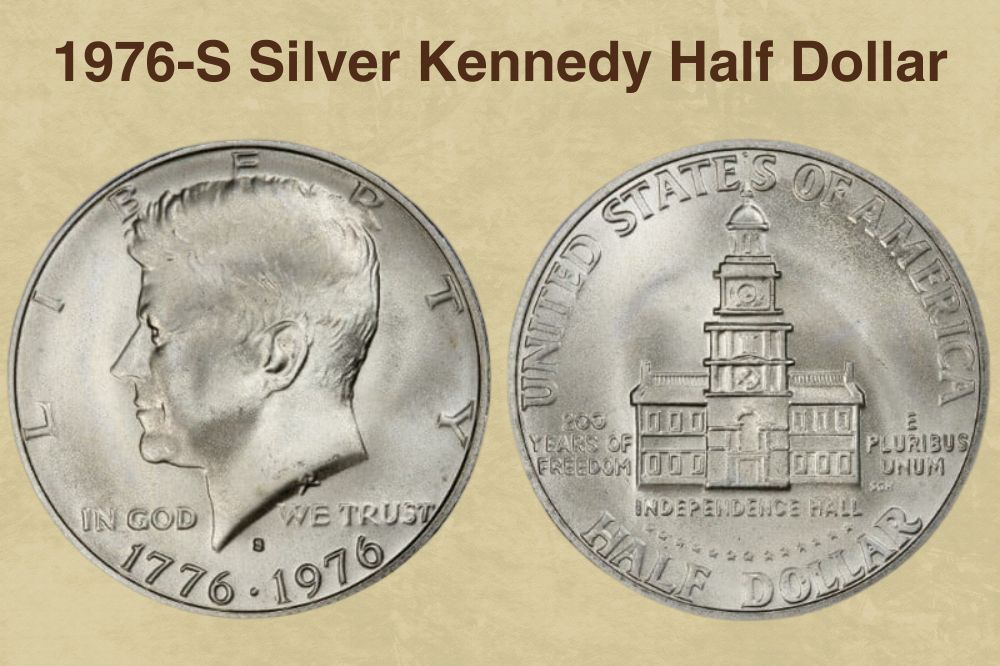
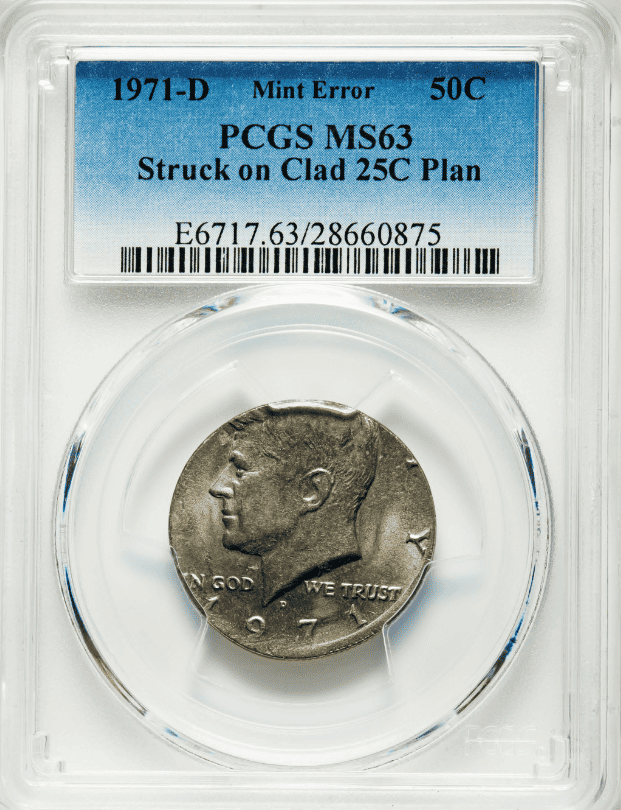
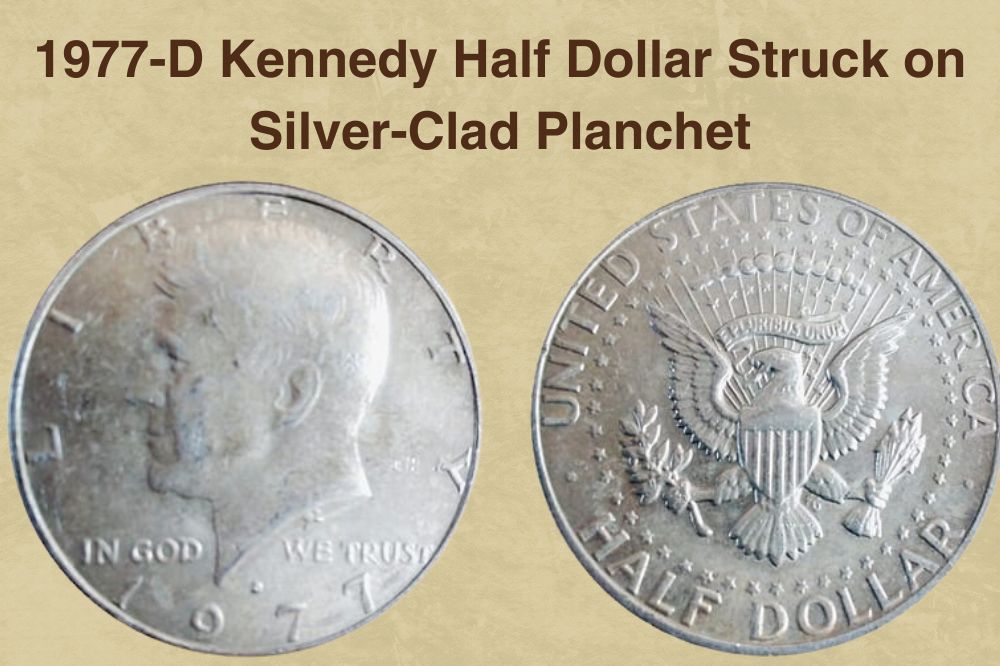
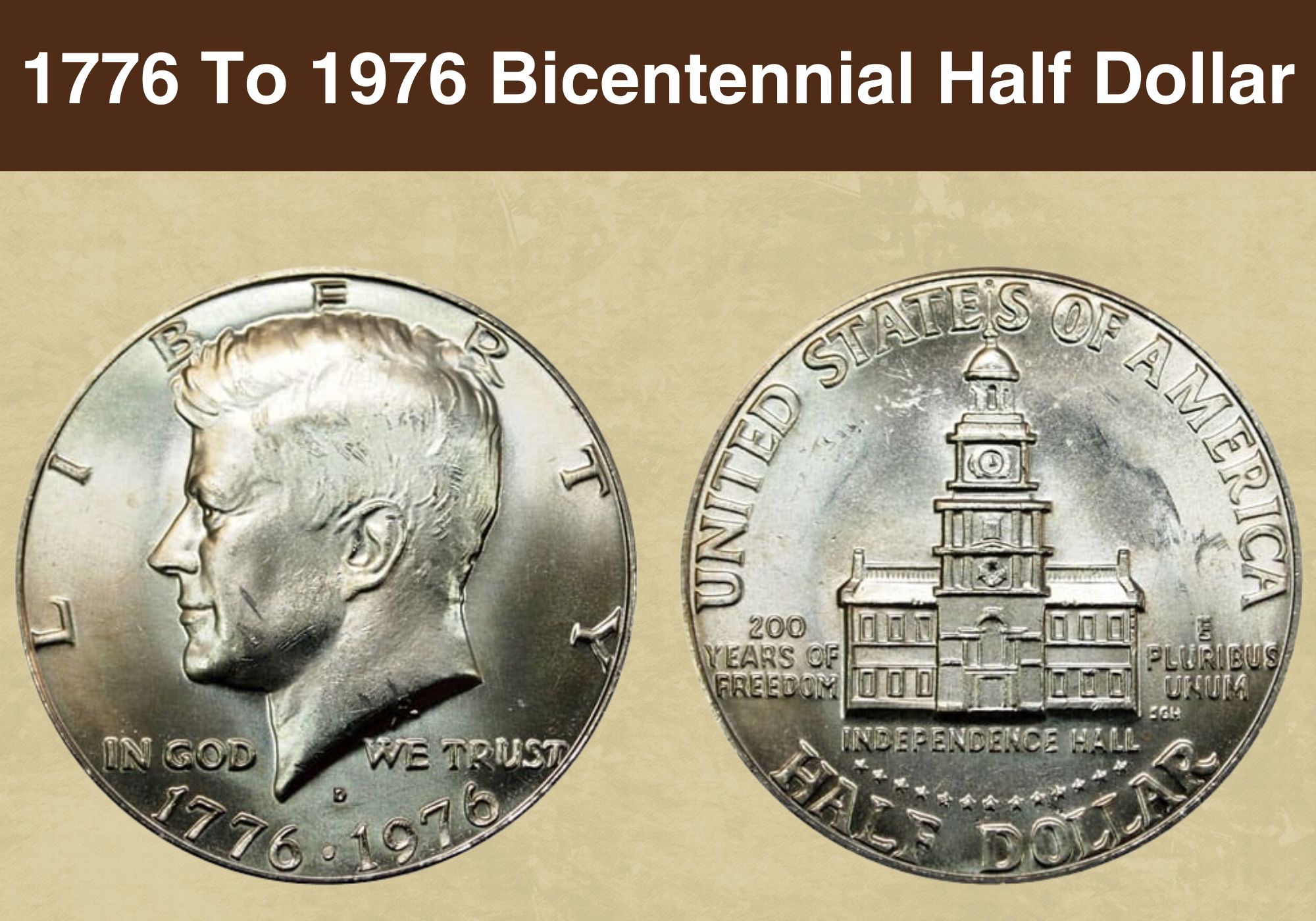
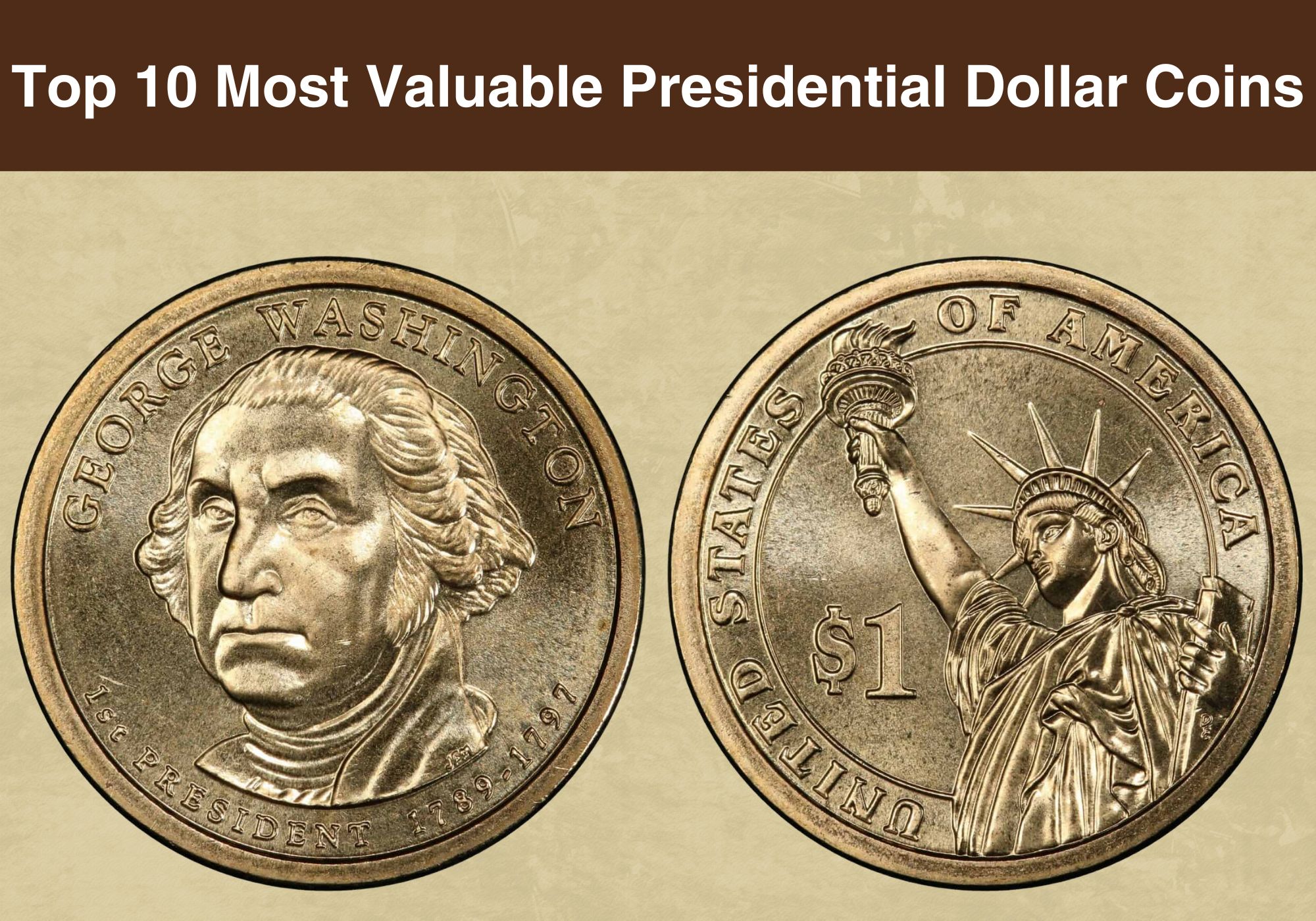
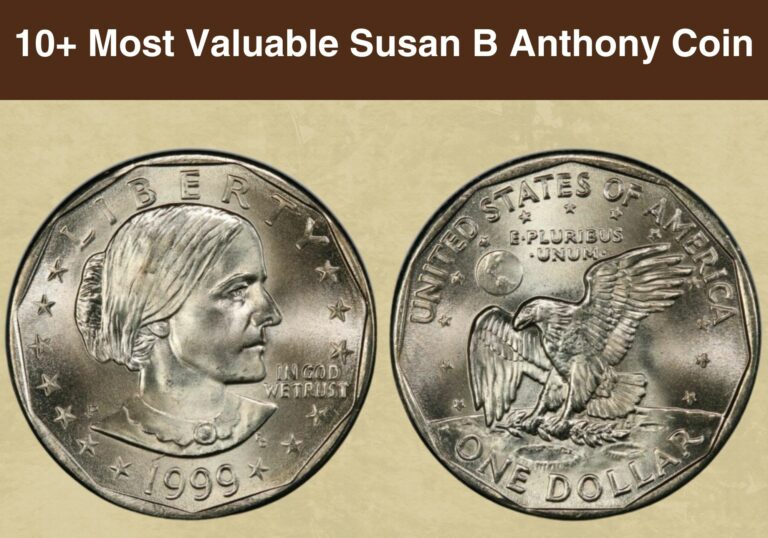
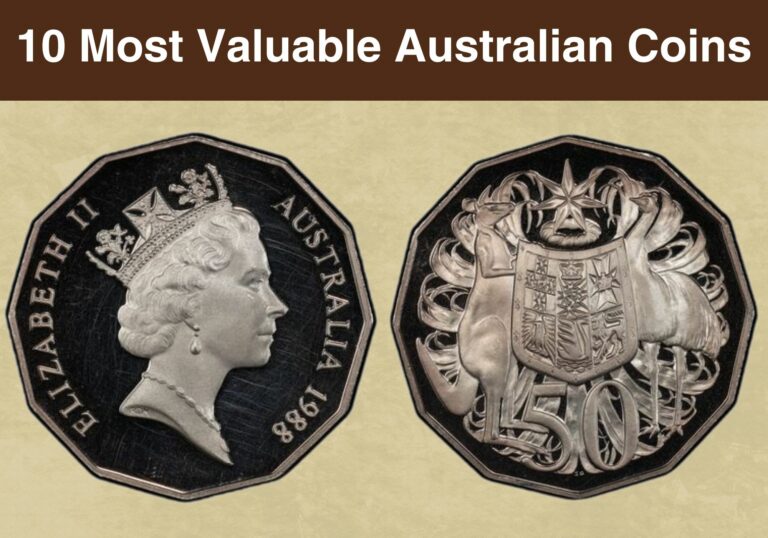
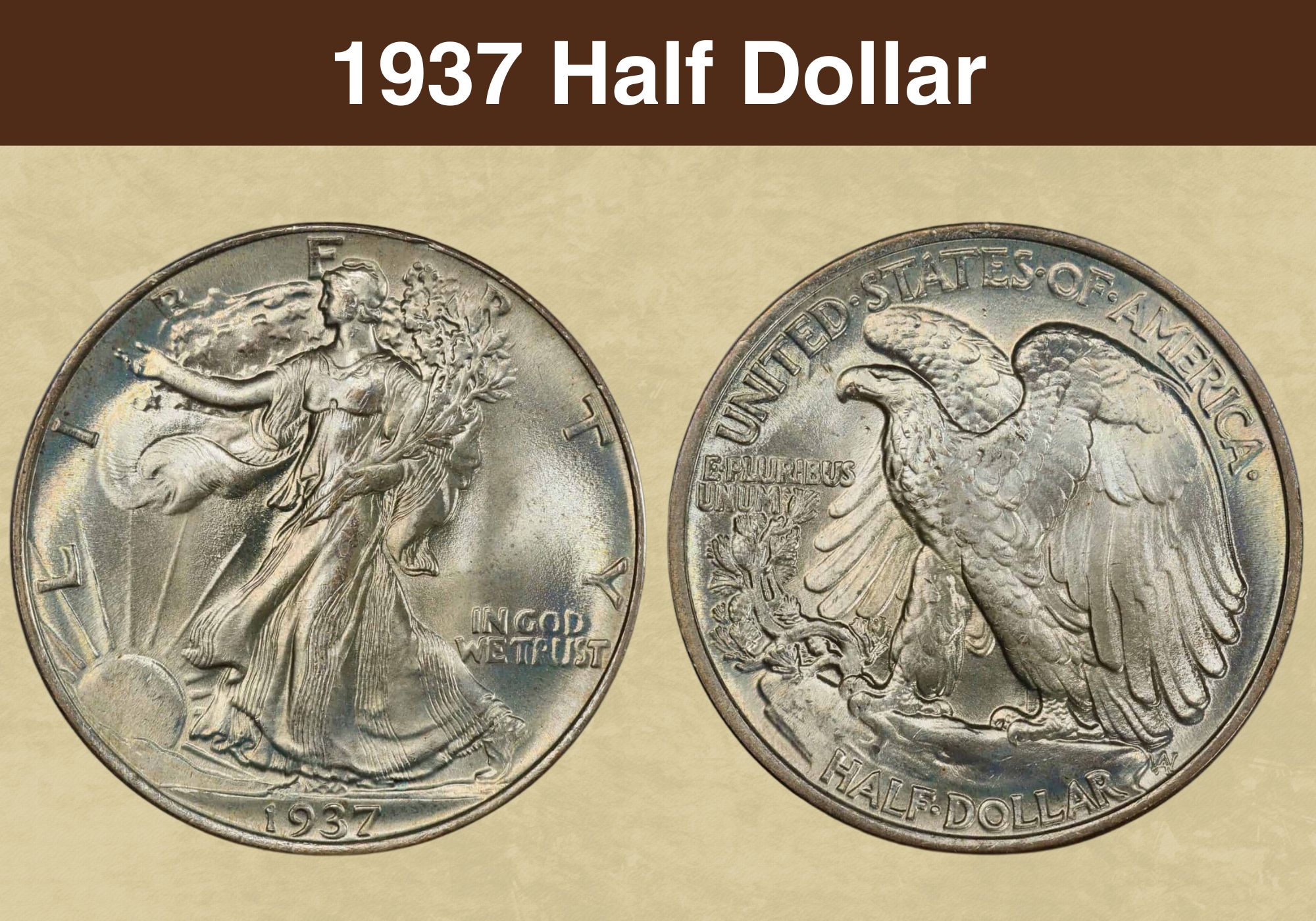
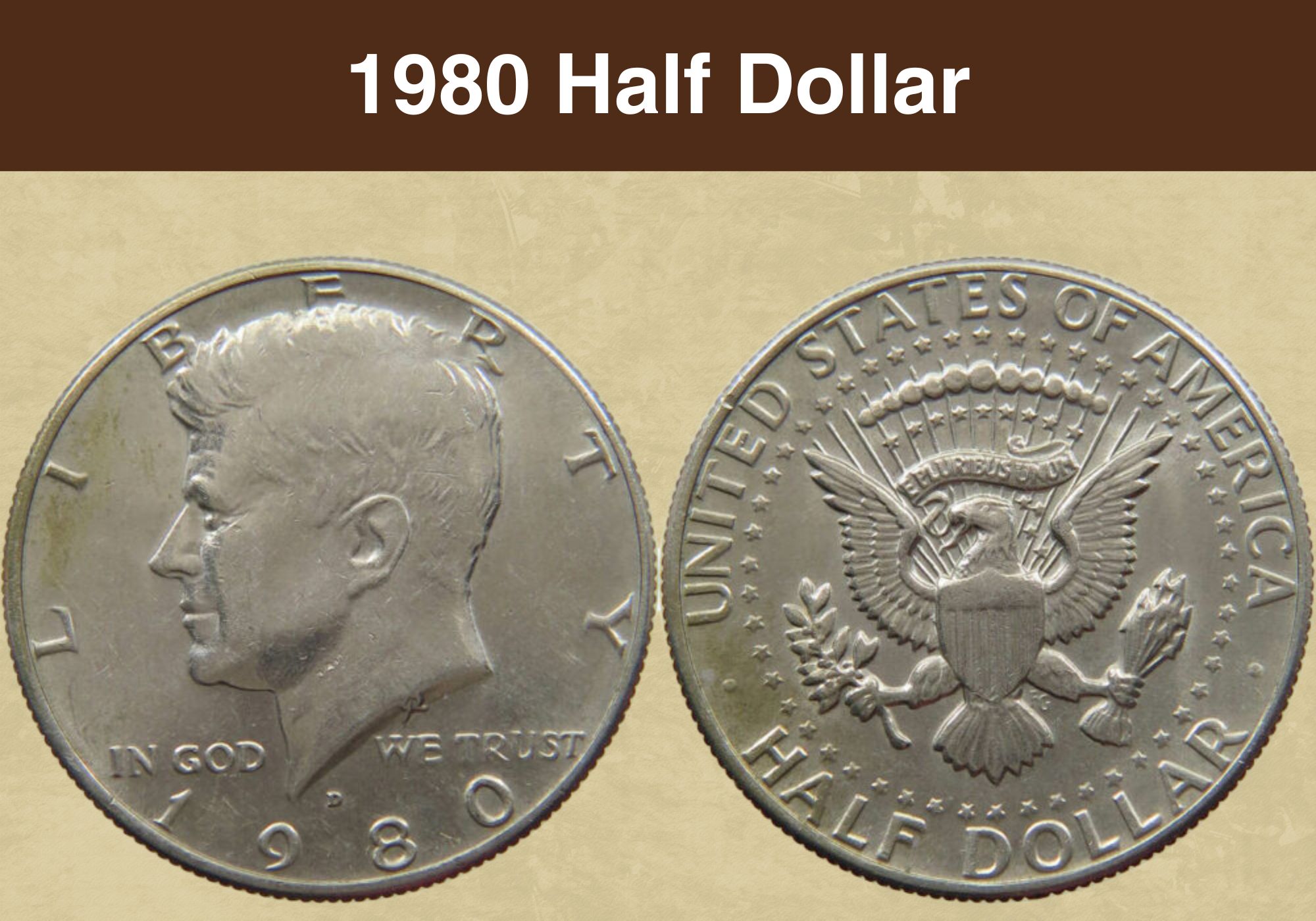
I have a Kennady half dollar only struck on back side . Have you ever seen one .